You might wonder, 'Why should I protect my ears while shooting?' The truth is, ears don't age like fine wine; they're more like a 70's rockstar - sensational at their peak but worn down by relentless noise.
So, how can you avoid a future where conversations sound muffled?
You need the finest ear protection available, and that's exactly what we're going to explore today.
Why it’s Important to Use Hearing Protection When Shooting
Now, you wouldn't stroll into a snowstorm without a good coat, would you? Similarly, stepping onto a gun range without proper hearing protection is like an open invitation to a snowstorm of noise.
Here's the scientific spiel: our ears are home to tiny hair cells which pick up sound waves and convert them into nerve signals.

These signals then head off to our brain, which translates them into the sounds we hear - be it the delicate strains of Mozart or the mighty roar of a gunshot.
But, like a badger faced with a bulldozer, these little hair cells stand no chance against the blast of a firearm. Loud noises, such as gunshots, which typically clock in at over 140 dB, can wreak irreversible havoc on these delicate structures.
This leads to Noise-Induced Hearing Loss (NIHL), which, depending on the severity, can be Irreversible.
In the long run, NIHL can result in everything from tinnitus to complete hearing loss. So, getting protected from hearing damage is a must - better to be safe than sorry!
Noise Reduction
If you're wondering, 'What's this NRR they keep yammering about?', let us break it down for you.
NRR stands for Noise Reduction Rating, and it's the cool kid on the block when we talk about hearing protection.
Think of it as a volume knob for the world - the higher the NRR, the more the knob turns down on all that racket.
The NRR of ear protectors can vary greatly, with ratings typically ranging from 20 to 33. The higher the number, the more sound attenuation, like turning down the volume from a KISS concert to a soft Kenny G saxophone solo.

Here are some examples so you can get a clearer image of the topic.
TradeSmart foam earplugs have been engineered with an impressive NRR of 33, providing optimal protection against loud noises.
On the flip side, you have TradeSmart earmuffs which, with an NRR of 28, are no less impressive in their noise attenuation capabilities.
But combining these two you get an NRR that soars to a whopping 38! That's like swapping the roar of a race car engine with the gentle hum of a kitten's purr.
How to Choose the Best Ear Protection for Shooting
So, what should you go for - earplugs, earmuffs, active or passive, or perhaps the whole enchilada? Well, it depends on your needs and shooting conditions.

Want added comfort and full ear coverage? Earmuffs. Need compact and high NRR? Earplugs. A frequent shooter who wants to hear commands and conversations? Go active. Want to block out all noise and keep it simple? Passive is the way to go.
Let’s break this down a bit more so you can understand what these products offer and easily decide whether they’re the right choice for you.
Shooting Ear Protection - Earmuffs
If earplugs are the stealthy ninjas of the hearing protection world, then earmuffs are their robust, dependable counterparts.
Worn over the ears, earmuffs provide a physical barrier that reduces the level of noise reaching your eardrums.

Shooting instructors prefer earmuffs over earplugs for their ease of use and the consistent level of protection they offer. They are an obvious choice for instructors who need to quickly put on and remove hearing protection throughout the day while demonstrating techniques or giving instructions.
Pros:
Earmuffs have several benefits. They're straightforward to use - no need to worry about proper fit in your ear canal - just put them on and you're good to go.
They provide broader ear coverage and tend to offer better consistent protection because they're harder to fit incorrectly.
Cons:
Long hair and bulky hats can reduce the effectiveness of earmuffs. Also, they're bulkier than earplugs and can get a little warm in hot weather or during extended use.
What We Recommend:
We recommend TradeSmart NRR 28 Ear Muffs for Shooting. With an NRR of 28, they provide a significant reduction in harmful noise levels, ensuring your ears stay well within the safety zone.

 But we didn't stop at just noise reduction. Our earmuffs have been designed for superior comfort, even during prolonged use. They're equipped with soft ear cushions, offering a tight seal and a perfect one-size-fits-all solution.
But we didn't stop at just noise reduction. Our earmuffs have been designed for superior comfort, even during prolonged use. They're equipped with soft ear cushions, offering a tight seal and a perfect one-size-fits-all solution.
Best of all, they're compatible with TradeSmart ANSI safety glasses, ensuring that you stay protected, both visually and audibly.
Whether you're firing up the chainsaw in your garage or a rifle at the range, with TradeSmart earmuffs, you can do it in style, comfort, and safety.
Remember, it's not just about hitting your target, it's also about protecting yourself while doing so. With our earmuffs, you get the best of both worlds.
Best Ear Protection for Shooting - Earplugs
Earplugs have long been a favorite among the shooting fraternity. Compact, lightweight, and simple to use, they're the first line of defense against the thunderous boom of a gunshot.
By providing a seal in the ear canal, they significantly reduce the intensity of sound that reaches the eardrum.
If you’re having trouble with inserting earplugs, make sure you read our detailed guide on 'How to insert earplugs correctly'.

Pros:
Among the advantages, the high NRR tops the list. They're also highly portable, easy to replace, and versatile - good for blocking out noise while sleeping, traveling, or working with loud machinery.
Cons:
Earplugs can be a little tricky to insert properly for full sound attenuation. They might not offer the comprehensive noise-blocking capability of over-the-ear solutions and, if not inserted correctly, can leak noise.
What We Recommend:
TradeSmart earplugs for shooting - these earplugs have an impressive NRR of 33, providing ample protection against harmful noise levels.
Constructed with high-quality German BASF foam, they offer a comfortable fit that stays put even during long periods of use. They're so comfy, you might just forget you're wearing them.
Since they're individually wrapped, you can trust they're as fresh as the morning dew each time you pull out a pair.
But the clincher? They're versatile. With these foam earplugs, you're not just covered for your shooting needs, but also for all those moments when you need some peace and quiet.
So whether it's for a good night's sleep, peaceful travel, or tuning out the noise at a busy workplace, TradeSmart earplugs are a perfect choice.
Hearing Protection for Shooting - Active vs. Passive
The 'Active vs. Passive' debate is much like choosing between a gourmet meal and a quick snack – it depends on the occasion and your personal preference.
ACTIVE HEARING PROTECTION
Active ear protectors aka electronic hearing protection, like the gourmet meal, offer more bells and whistles. These electronics use advanced technology to amplify low-level sounds while instantly blocking out harmful noise levels above 82dB.
This ensures users can maintain situational awareness and communicate clearly without compromising their hearing health.
These devices provide adaptive sound control, enhancing user experience and protection. Ideal for shooting sports, industrial settings, and noisy workplaces.
However, electronic earmuffs are typically more expensive and require batteries. They usually offer lower NRR ratings than passive earmuffs (an average NRR23 compared to TradeSmarts NRR 28).
PASSIVE HEARING PROTECTION
Passive ear protection, on the other hand, is like that trusty quick snack. It's reliable, straightforward, and does exactly what it says on the tin - reduces all noise.
It provides a physical barrier to noise, with no electronics or batteries to worry about. They are typically more durable and more cost-effective, making them a popular choice for many.
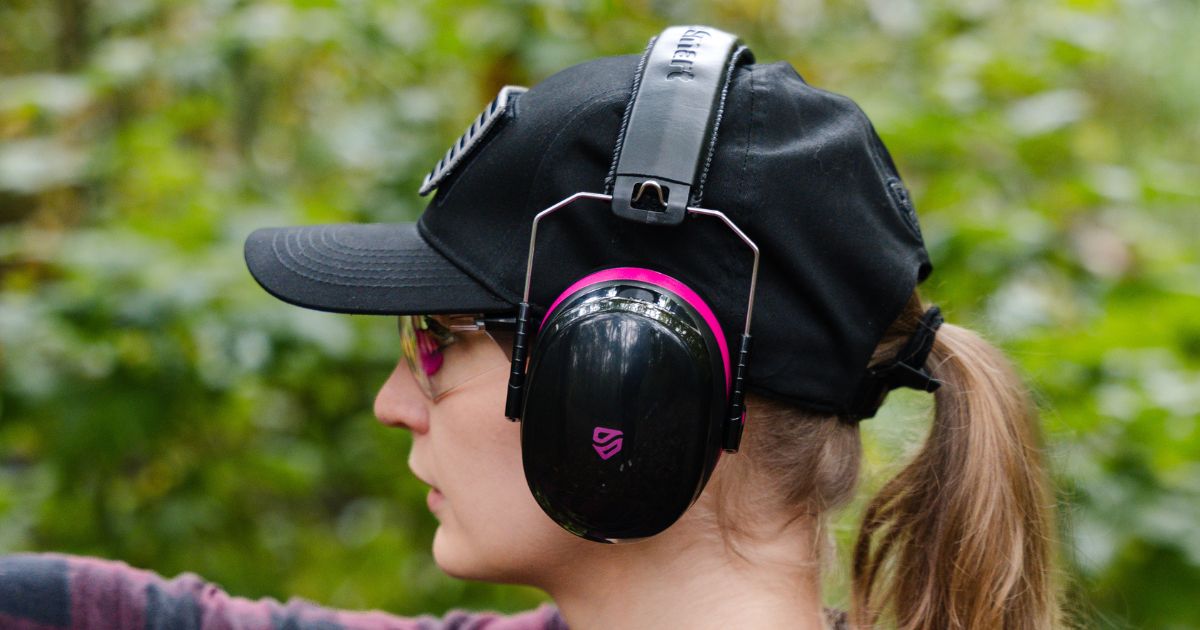 What We Recommend:
What We Recommend:
When it comes to protecting your hearing while shooting, choosing between active and passive hearing protection can make a significant difference.
Active hearing protection, such as electronic earmuffs, amplifies low-level sounds like conversations while blocking out the loud bangs of gunfire. This technology allows you to communicate easily and stay aware of your surroundings without sacrificing your hearing safety.
On the other hand, passive hearing protection, such as traditional earmuffs or earplugs, relies on materials that absorb and block sound without any electronic components. While often more affordable, they may make it harder to hear ambient sounds and communicate with others.
Both types have their benefits, but the choice depends on your specific needs—whether you prioritize communication and situational awareness or straightforward, budget-friendly protection.
Here's a comparison table to help you make your decision easier.
| Feature | Active Hearing Protection | Passive Hearing Protection |
|---|---|---|
| Sound Amplification | Amplifies low-level sounds such as conversations and environmental noises for better awareness | No amplification; blocks all sounds indiscriminately |
| Communication | Enhances ability to hear and communicate with others even in noisy environments | Can make communication difficult, especially in loud settings |
| Situational Awareness | Maintains high situational awareness by filtering out harmful noises while letting safe sounds through | Reduces overall situational awareness as all sounds are dampened |
| Noise Reduction | Uses electronic circuits to block harmful noises instantly while allowing safe sounds | Uses physical materials to block sound, effective but less sophisticated |
| Comfort | Often designed with cushioned ear cups and adjustable headbands for prolonged wear | Typically cushioned but comfort can vary depending on the design and materials |
| Price | Generally more expensive due to advanced technology and features | Usually more affordable, making it a budget-friendly option |
| Battery Requirement | Requires batteries or regular charging to function | No batteries needed, always ready to use |
| Durability | Can be less durable due to the presence of electronic components | Generally more durable as they have no electronic parts that can fail |
| Usage | Ideal for shooting ranges, hunting, and environments where communication is important | Suitable for a wide range of environments, including industrial and construction sites |
| Additional Features | May include advanced features like Bluetooth connectivity, volume control, and automatic shut-off | No additional electronic features, purely mechanical noise reduction |
| Weight | Typically heavier due to electronic components | Usually lighter as they lack electronic parts |
| Maintenance | May require more maintenance to keep electronic components in good working condition | Low maintenance, only occasional cleaning and inspection needed |
| Style Options | Available in various styles, some models designed to be sleek and low-profile | Generally more utilitarian in design, with fewer style options |
| Longevity | Lifespan can be influenced by battery life and electronic component durability | Long-lasting due to fewer components that can wear out |
Questions to Consider When Choosing Hearing Safety Gear
Choosing the right hearing safety gear for shooting often brings up a few common questions. Let's tackle them head-on:
What is the best ear protection for an indoor shooting range?
Indoor shooting ranges are generally louder than their outdoor counterparts due to the sound bouncing off the walls. Hence, you'll want hearing safety gear with a high NRR.

TradeSmart earplugs, with their NRR of 33, are a fantastic choice. Even better, combine them with our NRR 28 earmuffs for a total NRR of 38, ensuring your ears are well protected from the amplified noise indoors.
What dB rating for shooting hearing protection?
Aim high when it comes to the decibel rating for ear protection. Gunshots, typically reaching 140 dB, are capable of instantly harming your hearing. The solution?
Equip yourself with ear protection designed to lower these harsh sound levels significantly. Ideally, for decreasing this high dB noise you should go for earmuffs/earplugs combo for maximum protection of NRR 38.
TradeSmart earmuffs, boasting an NRR of 28, are ideal candidates. Enhance your hearing protection by pairing them with our NRR 33 earplugs and elevate your noise reduction to an impressive NRR 38.
How much hearing protection do you need for shooting?
The rule of thumb is: more is better. As mentioned, gunshots are extremely loud, so the more you can reduce this noise, the better for your hearing health. Opt for TradeSmart’s dynamic duo - shooting earmuffs and shooting earplugs for a staggering NRR38!
How We Evaluate the Best Hearing Protection
Here are our evaluation criteria for choosing the best ear protection for shooting.
- Comfort
- Noise reduction
- Versatility
- Durability
Creds
And why should you listen to us? Well, we’re not just passionate about shooting; we’re obsessed with safety too.
We’ve got years of experience under our belts, hands-on testing, and research, and most importantly, we know our shooting gear like the back of our hands.
We’re not just providing a list of products, we’re giving you a culmination of our hard-earned experience and knowledge.
Now, let's get into some of the best hearing protection for shooting on the market.
TradeSmart Gun Safety Kit
When it comes to shooting safety, we believe you shouldn't have to go on a scavenger hunt to gather all your essentials. That's why we created the TradeSmart Gun Safety Kit - your one-stop shop for all your shooting safety needs. Think of it as the Swiss Army knife of safety kits, tailored for the discerning shooter.
So, what's inside this treasure chest of protection?
Shooting Earmuffs and Earplugs
We're talking about NRR 28 Safety Earmuffs for when the decibels get too high, along with a handful of NRR 33 Disposable Ear Plugs for when you need that extra layer of sound dampening.
Glasses for Shooting
Because we know that safety goes beyond just your ears, we've included high-impact Clear and Tinted Glasses for Shooting, all conforming to ANSI standards.
Hard Carrying Case
To keep everything neat and organized, we've packaged it all in a robust, hard-carrying case. No more scrambling around to find your gear - it's all in one place, ready to go when you are.
Microfiber Pouch
To show you that we really thought of every aspect of enjoyable and safe shooting, we included an extra microfiber pouch in our kit, so you can keep your eye protection clean and scratch-free.
Convenience
In short, our TradeSmart Gun Safety Kit isn't just about safety; it's about convenience.
It's about knowing you've got the best protection at your fingertips, letting you focus on what truly matters - your aim, your performance, and your love for the sport.
So why play a guessing game with your safety when you can have it all?
Final Thoughts
As we holster our pens and wrap up this discussion on shooting ear protection, let's take a moment to revisit some key points.
We started by understanding the importance of using hearing protection when shooting - keeping those little hair cells in our ears safe from the mighty roar of gunshots.
We then navigated the maze of choosing the best hearing protection and in the end, it all boils down to factors like high noise reduction (NRR), comfort, versatility, and durability.
We recommended our #1 choice, the TradeSmart earplugs, and earmuffs, showcasing their high NRR, comfort, and versatility. We also delved into the world of Active vs. Passive protection and underscored their pros and cons.
We explored common questions around hearing protection and finally unveiled our all-in-one solution, the TradeSmart Gun Safety Kit, offering everything a shooter needs in one compact, easy-to-carry package.
In conclusion, shooting is an exhilarating sport, but it's crucial to prioritize safety, particularly when it comes to your hearing. With TradeSmart's range of hearing protection, you're investing in products that deliver on safety, comfort, and versatility.
Protecting your hearing doesn't mean you have to compromise on comfortable shooting experience. Now that you're equipped with all this knowledge, you can be 100% sure you will make the right choice!
Frequently Asked Questions
1. Are foam earplugs enough for shooting?
Foam earplugs can certainly provide an essential layer of protection during shooting activities. Their effectiveness, however, heavily depends on the NRR they offer.
For instance, TradeSmart foam ear plugs boast an NRR of 33, which is quite substantial. Nonetheless, if you frequent indoor ranges or are exposed to particularly loud firearms, you might want to consider doubling up with earmuffs for extra protection of NRR 38.
2. Do silicone or foam earplugs work better?
Both silicone and foam earplugs have their pros and cons. Foam ear plugs, like the ones from TradeSmart, are known for their excellent ability to reduce noise, comfort, and affordability. They're also disposable, meaning you can skip the bother of regular cleaning and disinfection, offering an effortless experience.
These are a great choice for individuals with allergies or sensitive skin. Unlike reusable earplugs, which can harbor bacteria and other undesirables over time, causing potential ear irritation, disposable earplugs offer a fresh, hygienic option each time you use them.
On the other hand, silicone earplugs are reusable, making them eco-friendly and cost-effective over time. However, they provide significantly lower protection than foam earplugs.
It's best to choose based on your specific needs and preferences.
3. How many times should you use foam earplugs?
Foam ear plugs are typically designed for single use. After usage, they can accumulate earwax and other debris, which can lead to hygiene issues or even ear infections if reused.
So, to keep your ears clean and safe, it's generally recommended to use a fresh pair each time.
4. Should I shoot without ear protection?
Absolutely not! Shooting without ear protection can be harmful and potentially lead to permanent hearing loss. Gunshots produce extremely loud noises, often exceeding 140 dB, which is well above the safe threshold for human hearing.
Therefore, always ensure you wear appropriate ear protection, such as earplugs or earmuffs, to shield your hearing from potential damage.
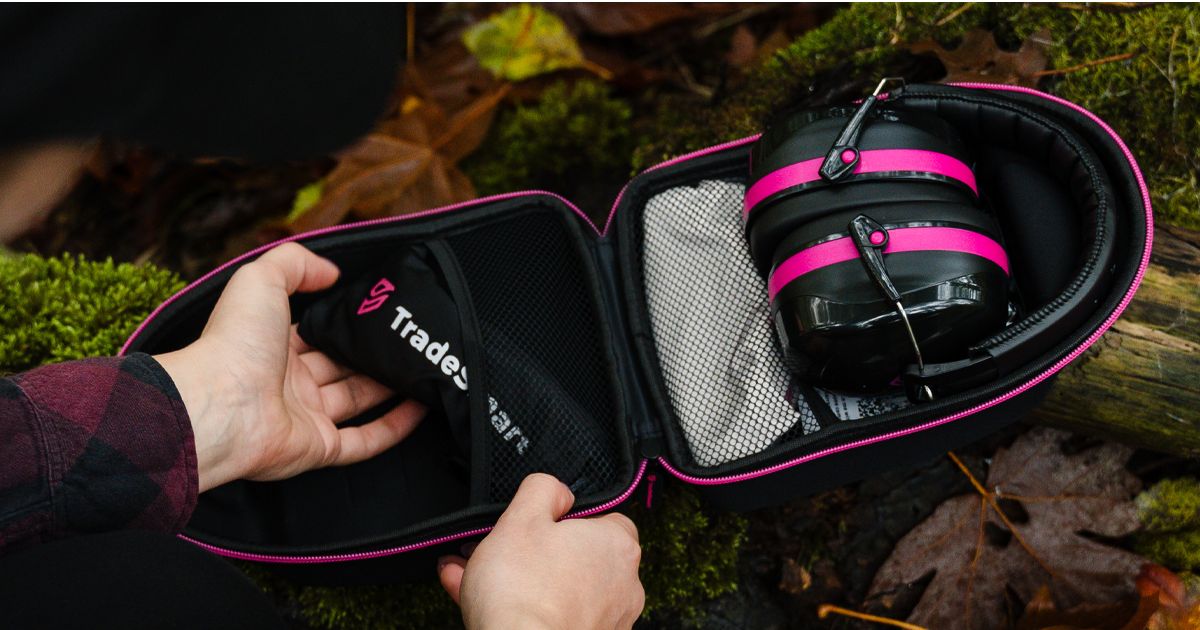
5. What rating of earmuffs for shooting?
The higher the Noise Reduction Rating (NRR) of the earmuffs, the more noise they can block out. In the context of shooting, you want to aim for a high NRR to protect your ears from loud gunfire effectively.
For example, TradeSmart Shooting Ear Muffs offer an NRR of 28, providing a significant reduction of noise.
But remember, if you're in an especially loud environment like an indoor range or shooting high-caliber firearms, it can be beneficial to double up your protection by using earplugs in conjunction with earmuffs.
6. Can you shoot a .22 without hearing protection?
While a .22 caliber firearm is indeed less loud than many other firearms, it still produces noise levels that can damage your hearing over time or with repeated exposure.
Therefore, it's always recommended to use hearing protection, such as earplugs or earmuffs, even when firing lower-caliber firearms.
7. Is it OK to sleep with ear muffs on?
While there's no immediate harm in sleeping with ear muffs on, it might not be the most comfortable solution, especially for side sleepers. Ear muffs can be bulky and could cause discomfort during sleep.
For blocking out noise while sleeping, foam ear plugs like those offered by TradeSmart might be a more comfortable and effective solution.
They are designed to fit snugly and comfortably inside your ear canal, providing superior protection without the bulk of earmuffs.
8. Are shooting ear muffs practical?
Absolutely! Shooting ear muffs provide a high level of hearing protection, are easy to put on and take off, and are less likely to be inserted incorrectly, unlike earplugs.
They tend to offer more consistent protection as they cover the entire ear. Many shooters also find them more comfortable to wear for extended periods.
They also can be used in conjunction with earplugs for even more protection. So, whether you're a casual shooter or a professional, shooting earmuffs are definitely a practical addition to your shooting gear.
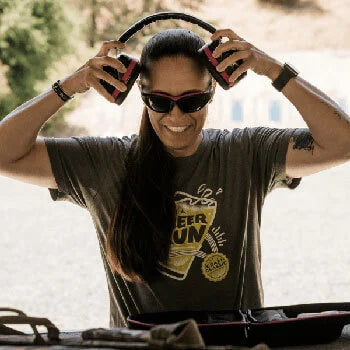
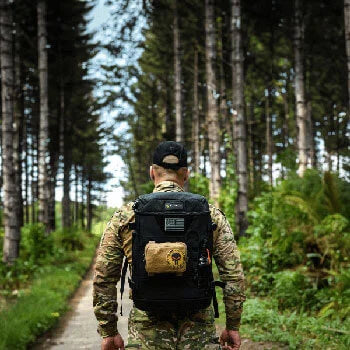
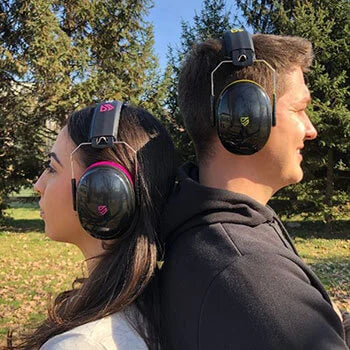
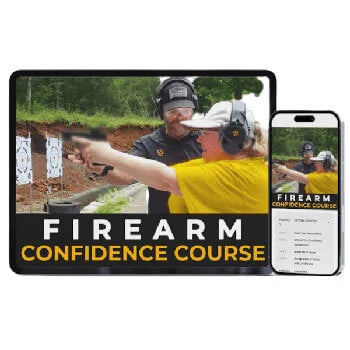
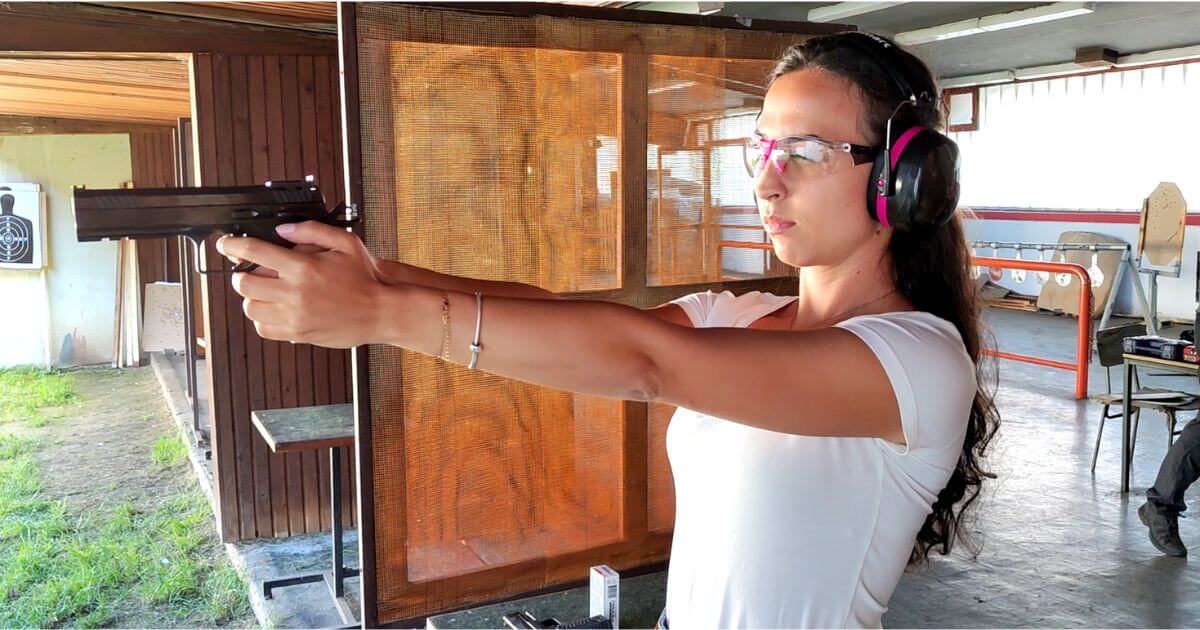





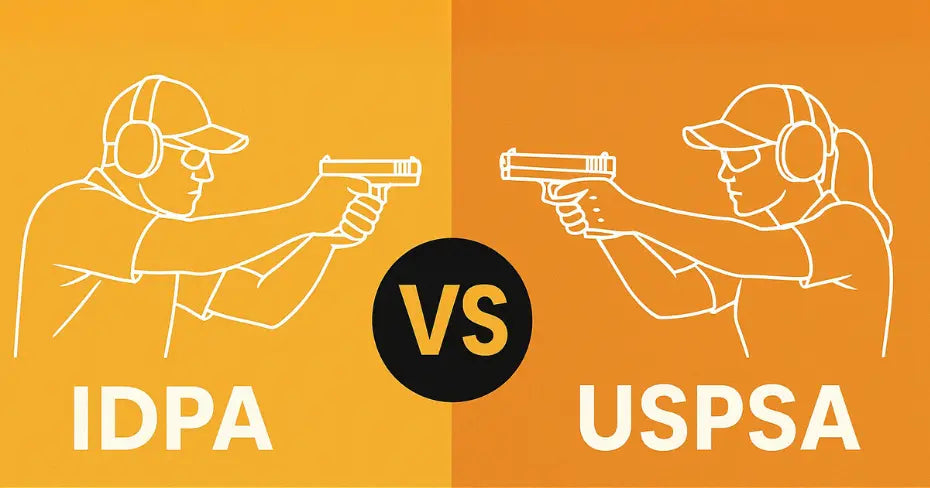
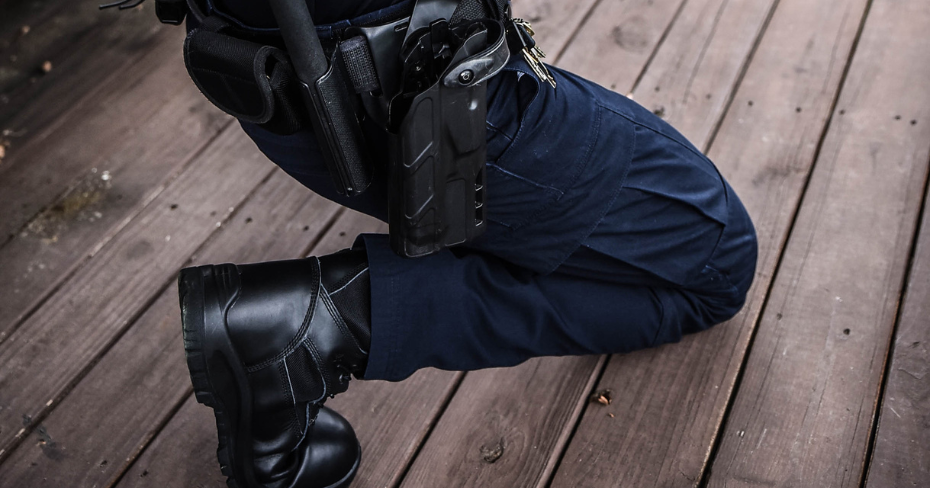
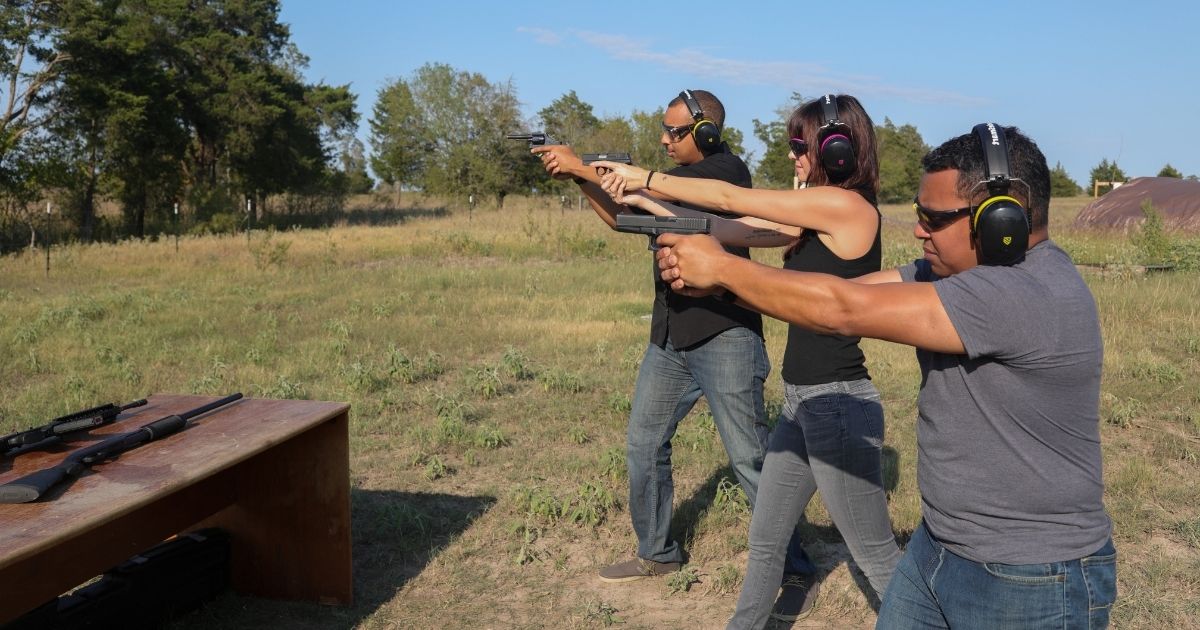
Leave a comment (all fields required)